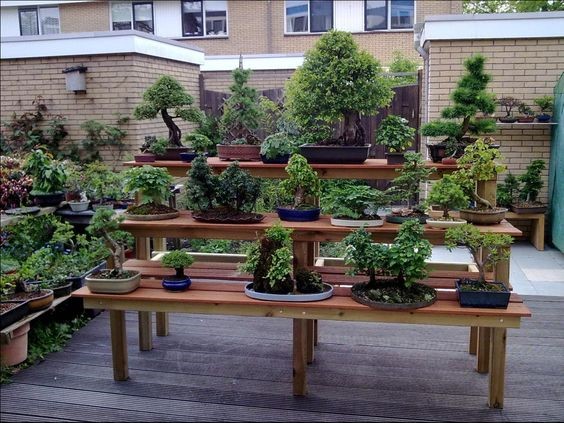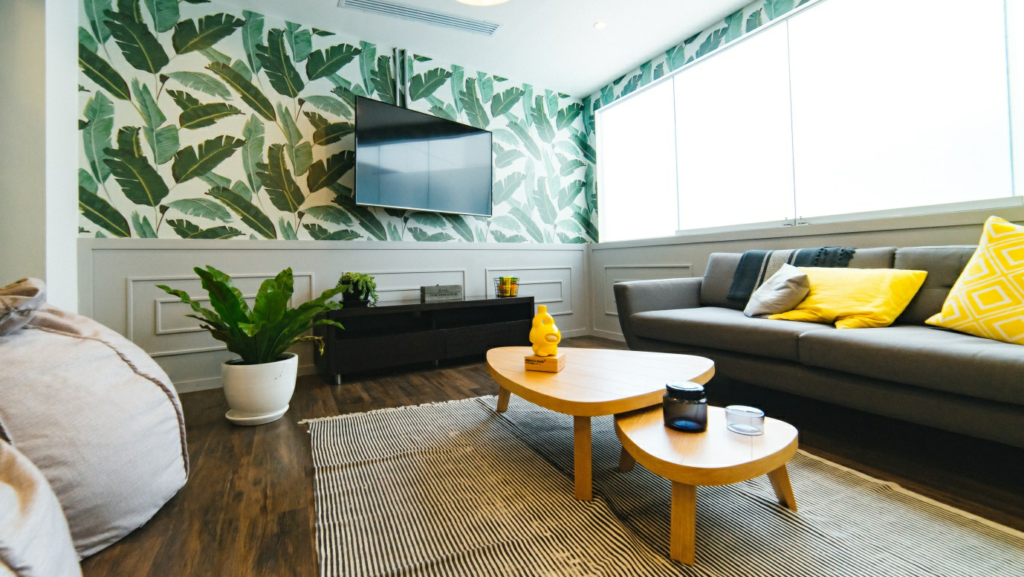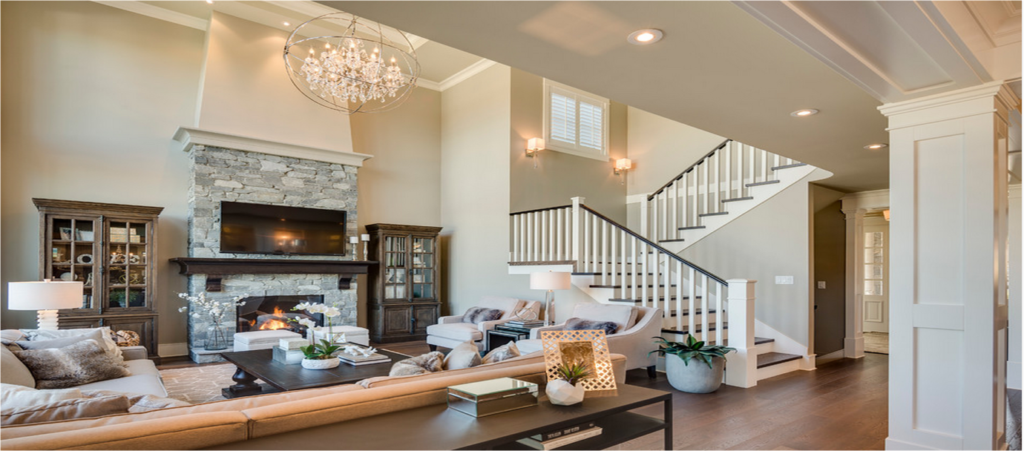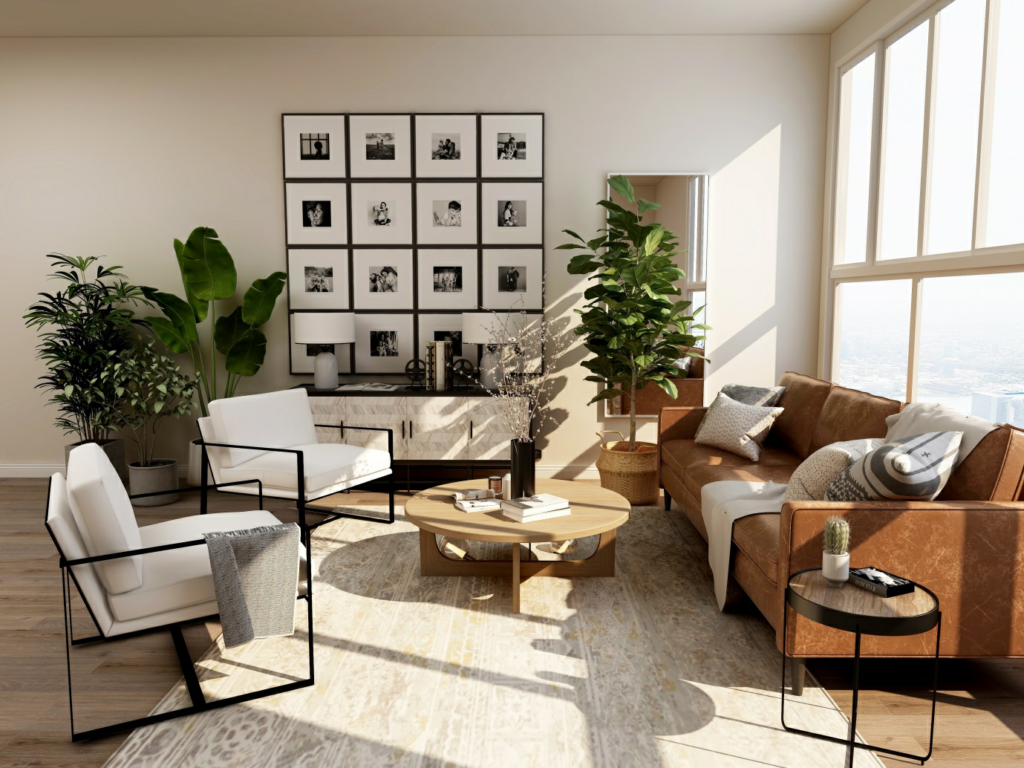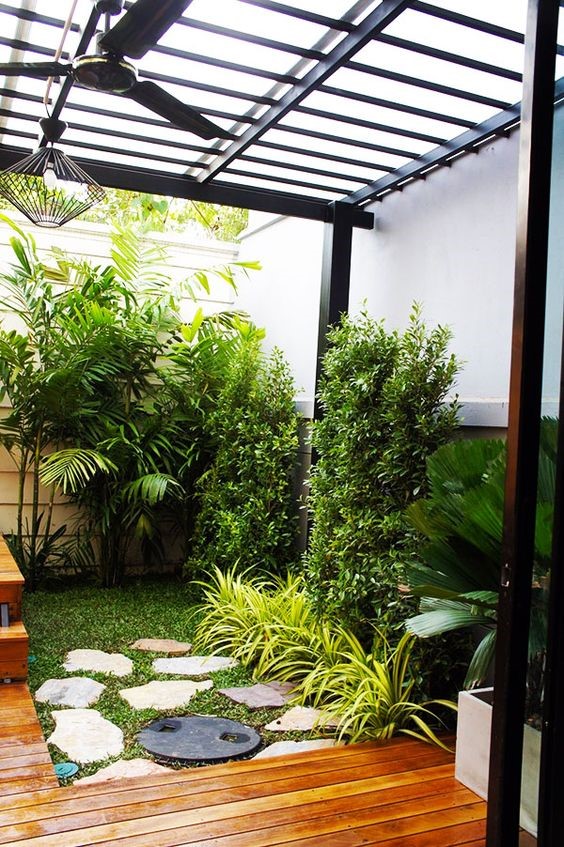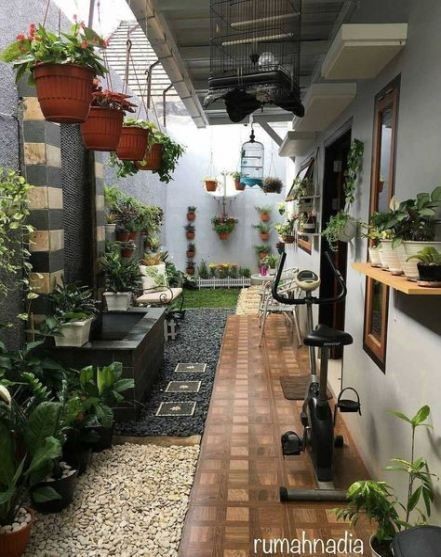Bonsai, a plant native to Japan. Bonsai is seen as a symbol of harmony, peace, order of thoughts or balance and wellness in nature. Bonsai plants are also said to symbolise good luck. Literally translated, Bonsai means ‘plant in a container’.
Bonsais are small plants that grow up to an average height of about 40 inches. The best part about Bonsais is that they can be grafted for new growth.
Bonsai are generally outdoor plants as they need temperate climate for growth, but there are indoor varieties that may be planted for an Indoor Bonsai Garden. Ficus Bonsai is one of the easiest, low maintenance variety of Bonsai that can be grown indoors. Other popular indoor variants include Crassula, Carmona and Sageretia.
Bonsai masters call the process of growing Bonsai an art. It is not an activity for impatient people, they say. During the process of growing Bonsai plants, they have to be shifted between containers as they grow.
Generally, people prefer shallow containers to give the impression of a bigger plant.
There are certain aspects that need to be kept in mind while creating an Indoor Bonsai Garden.
Watering: Bonsai plants do not necessarily need to be watered regularly. Instead, keep a check on when the plant requires it and water it accordingly.
Temperature: The tropical variety of Bonsai requires comparatively higher temperature which is approximately the regular room temperature. Subtropical on the other hand need lower temperature to survive. They bloom better in winters.
Light: Outdoor Bonsai mostly cannot survive indoors because of the intensity of light. The intensity of light is way more in the outdoors than indoors. Hence, even if a Bonsai is to be kept indoors, it should be preferably kept by a window or in a shot where the plant gets adequate light.
Soil: Bonsai need a special type of soil to grow in. The soil they grow in should allow the roots to breathe and also allow quick and easy drainage of water. A mixture of organic and inorganic soil is hence the best combination for the wholesome growth of Bonsai plants.
Humidity: Bonsai plants need humidity to grow. In the case of an indoor Bonsai, the plant may be kept in a tray filled with water and misted on multiple times in a day to keep the humidity levels high.
Decoration: Bonsai plants can be decorated with moss, small grass, rocks or small decorative pieces. Ensure that the decorative pieces do not affect the growth of the plant.
While creating an Indoor Bonsai Garden the following steps have to be kept in mind, especially since Bonsai is a high maintenance plant. Researching and selecting the right type of variety based on the environment the plant would grow in and the amount of attention that can be given.
For an individual who is very keen on growing Bonsai and has multiple Bonsai plants, they can invest in a Bonsai bench. A Bonsai bench is essentially a step for displaying Bonsai plants.



